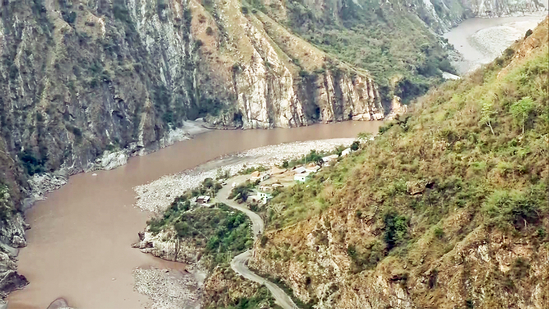India has initiated plans to double the length of the Ranbir Canal, a significant move aimed at increasing its utilisation of the Chenab River’s waters following the suspension of the Indus Waters Treaty with Pakistan.
The proposed extension would see the canal’s length increase from 60 km to 120 km, enhancing its capacity to divert water from the Chenab River. This expansion is expected to boost the canal’s water diversion capacity from 40 cubic metres per second to 150 cubic metres per second, thereby supporting irrigation and hydropower projects in the region.
The decision to suspend the IWT came after a terrorist attack in Pahalgam, Jammu and Kashmir, which India attributed to Pakistan-based militants. The treaty, signed in 1960 and brokered by the World Bank, had allocated the eastern rivers to India and the western rivers to Pakistan. India’s move to suspend the treaty marks a significant shift in the longstanding water-sharing agreement between the two nations.
In addition to the Ranbir Canal expansion, India is undertaking desilting operations on other key canals, including the Kathua, Ravi, and Paragwal canals, as part of a broader effort to modernise its water infrastructure. These initiatives are aimed at maximising India’s utilisation of its share of the Indus River system’s waters.
The Indian government has also signalled plans to enhance its hydropower capacity on the rivers previously allocated to Pakistan under the IWT. A feasibility study is underway to explore the potential for increasing the current hydropower capacity of approximately 3,000 megawatts.
Pakistan has expressed strong opposition to India’s actions, viewing any diversion of water from the Indus system as a violation of the treaty and a threat to its agriculture and hydropower sectors. The country has warned that such moves could be considered acts of aggression and is preparing to take legal action in international forums.




 YouTuber’s Arrest Unveils Pak Espionage Network
YouTuber’s Arrest Unveils Pak Espionage Network 